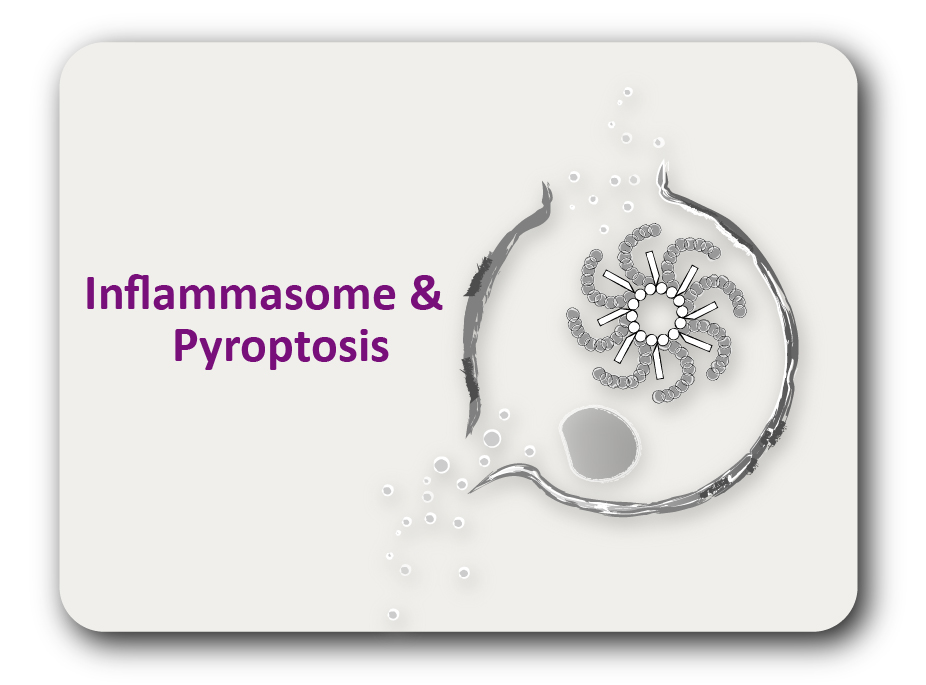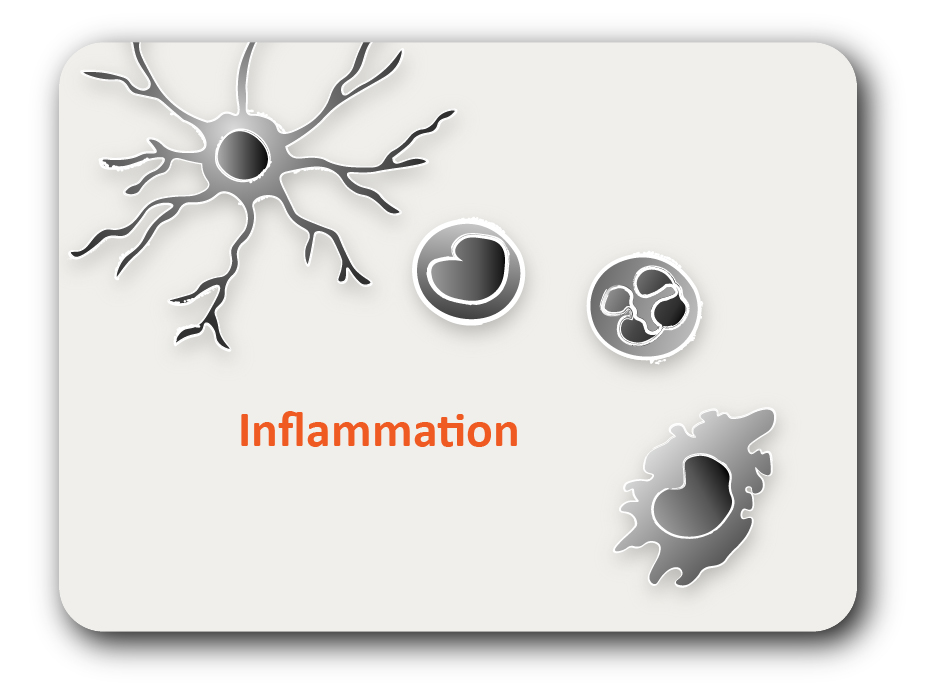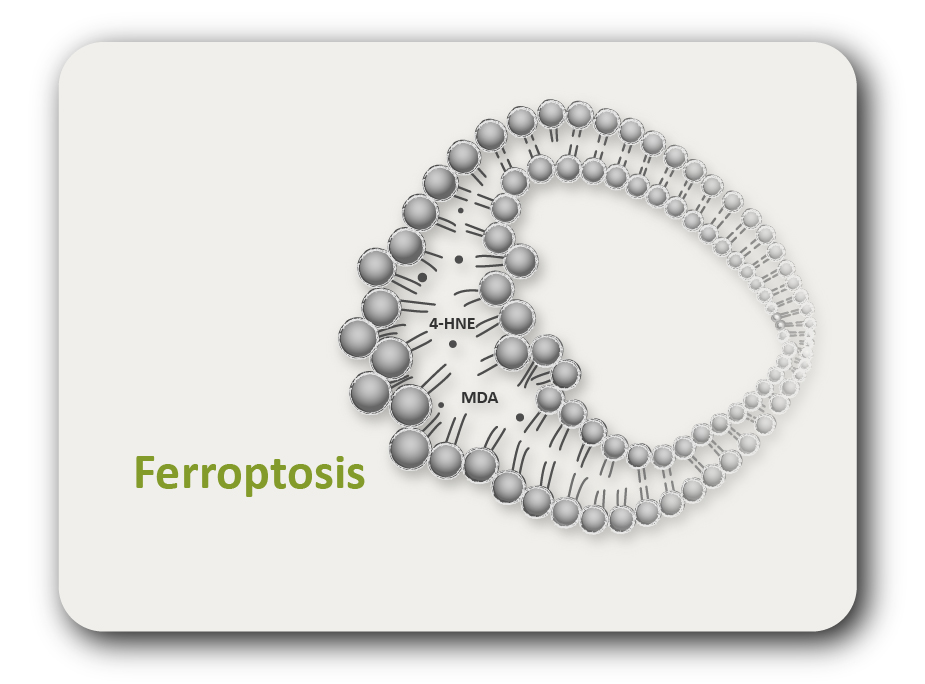ARG70588
Mouse Guanylate Cyclase C recombinant protein (His-tagged, C-ter)
Mouse Guanylate Cyclase C recombinant protein (His-tagged, C-ter) for SDS-PAGE
概述
| 产品描述 | CHO expressed, His-tagged (C-ter) Mouse Guanylate Cyclase C recombinant protein |
|---|---|
| 应用 | SDS-PAGE |
| 靶点名称 | Guanylate Cyclase C |
| 物种 | Mouse |
| A.A. 序列 | Val20 - Met433 |
| 表达系统 | CHO |
| 別名 | GUCY2C; guanylate cyclase 2C; MECIL; STAR; STA receptor; MUCIL; hSTAR; Heat-stable enterotoxin receptor; Intestinal guanylate cyclase; Guanylyl cyclase C; GUC2C; EC 4.6.1.2; DIAR6; GC-C |
属性
| 形式 | Powder |
|---|---|
| 纯化说明 | Endotoxin level is<0.1 EU/µg of the protein, as determined by the LAL test. |
| 纯度 | > 85% (by SDS-PAGE) |
| 缓冲液 | PBS (pH 7.4) |
| 复溶 | It is recommended to reconstitute the lyophilized protein in sterile water to a concentration not less than 200 μg/mL and incubate the stock solution for at least 20 min at room temperature to make sure the protein is dissolved completely. |
| 存放说明 | For long term, lyophilized protein should be stored at -20°C or -80°C. After reconstitution, aliquot and store at -20°C or -80°C for up to one month. Storage in frost free freezers is not recommended. Avoid repeated freeze/thaw cycles. Suggest spin the vial prior to opening. |
| 注意事项 | For laboratory research only, not for drug, diagnostic or other use. |
生物信息
| 基因名称 | GUCY2C |
|---|---|
| 全名 | guanylate cyclase 2C |
| 背景介绍 | This gene encodes a transmembrane protein that functions as a receptor for endogenous peptides guanylin and uroguanylin, and the heat-stable E. coli enterotoxin. The encoded protein activates the cystic fibrosis transmembrane conductance regulator. Mutations in this gene are associated with familial diarrhea (autosomal dominant) and meconium ileus (autosomal recessive). [provided by RefSeq, Nov 2016] |
| 生物功能 | Receptor for the E.coli heat-stable enterotoxin (E.coli enterotoxin markedly stimulates the accumulation of cGMP in mammalian cells expressing GC-C). Also activated by the endogenous peptides guanylin and uroguanylin. [UniProt] |
| 细胞定位 | Cell membrane; Endoplasmic reticulum; Membrane. [UniProt] |
| 翻译后修饰 | Glycosylation at Asn-75 and/or Asn-79 is required for interaction with VIP36 while glycosylation at Asn-345 and Asn-402 modulates ligand-mediated GC-C activation. [UniProt] |





